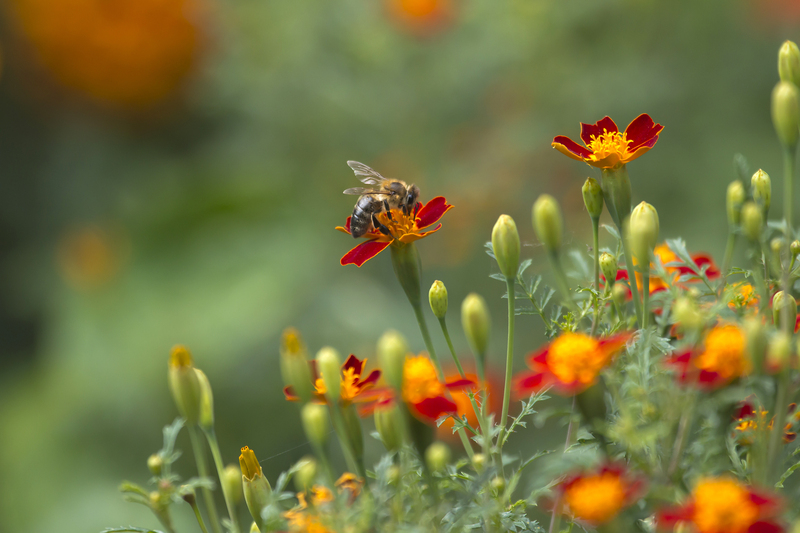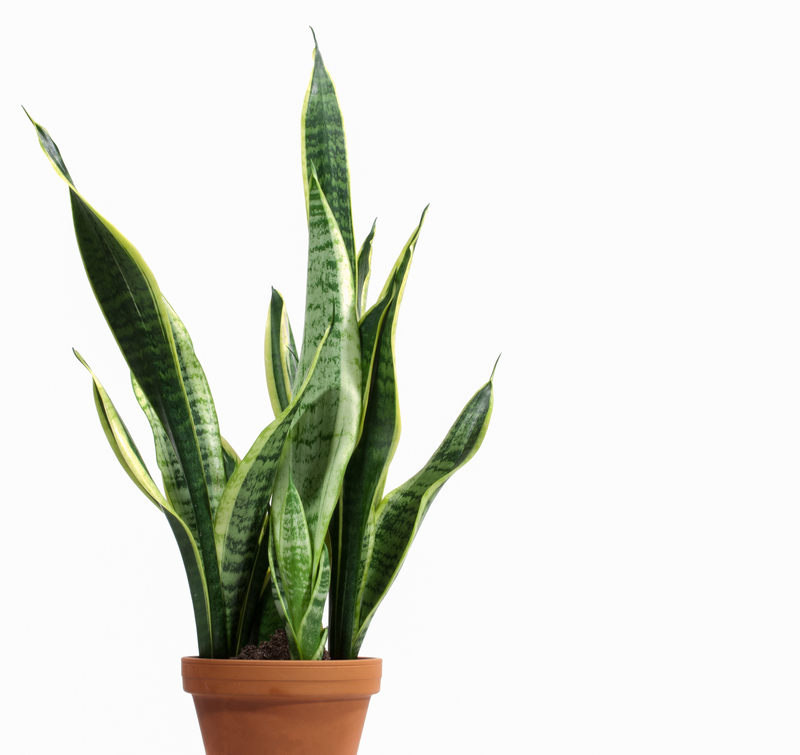Gardening Insights: 3 Crucial Tips for Tackling Weeds
Posted on 29/08/2025
Gardening Insights: 3 Crucial Tips for Tackling Weeds
Do you dream of a lush, healthy garden, only to be thwarted by persistent, pesky weeds sprouting up where you least expect them? If so, you're not alone. Every gardener, from beginners to seasoned horticulturists, faces the ongoing challenge of keeping weeds at bay. Mastering weed control in your garden requires more than occasional pulling--it involves understanding weed biology, adopting smart prevention techniques, and integrating efficient removal methods into your gardening routine. In this comprehensive guide on Gardening Insights: 3 Crucial Tips for Tackling Weeds, we delve deep into the art and science of banishing weeds to help your garden thrive.
Understanding the Threat: Why Weeds Matter in Your Garden
Before you can fully tackle weeds in your garden, it's important to recognize why these unwelcome invaders are such a problem. Weeds can:
- Compete with your plants for sunlight, water, and vital nutrients
- Harbor pests and diseases that may spread to your cultivated plants
- Reduce the visual appeal of your lawn, flowerbeds, or vegetable patch
- Interfere with crop yields, especially in food gardens
Even a small number of weeds can quickly become a big issue if not managed promptly. Effective weed management is therefore essential for every successful garden.

Tip 1: Stop Weeds Before They Start - Prevention is Key
The adage "an ounce of prevention is worth a pound of cure" rings especially true for weed control in your garden. By making your landscape less inviting to weeds, you reduce the time and effort spent on later removal. Consider these expert strategies:
1.1 Mulch Your Way to a Weed-Free Garden
Mulching is a tried-and-tested method to prevent weed growth. By covering the soil with organic or inorganic material, you block sunlight that weeds need to germinate and grow. For best results:
- Organic Mulches: Shredded bark, straw, wood chips, grass clippings, or compost are excellent choices, enriching the soil as they break down while suppressing weeds.
- Inorganic Mulches: Gravel, pebbles, landscape fabric, or black plastic can provide a longer-lasting barrier (particularly useful in pathways or under shrubs).
Apply a mulch layer 2-4 inches thick and replenish it as needed. This not only hinders weed seeds from sprouting but also helps conserve moisture and regulate soil temperature.
1.2 Embrace Dense Planting and Ground Covers
Nature abhors a vacuum. Empty or sparsely planted spots in your garden invite weeds. To counteract this:
- Opt for dense planting schemes, allowing your chosen plants to form a living mulch of their own
- Incorporate ground-cover plants like creeping thyme, sedum, or vinca minor to form a natural weed barrier
- Rotate crops and interplant vegetables to minimize exposed soil
By filling available space with healthy, vigorously growing plants, you'll deny weeds the room and resources they need.
1.3 Maintain Healthy Soil
Healthy garden soil supports robust plants that can better outcompete weeds. Test your soil, amend it with compost or organic matter, and maintain appropriate pH and nutrient levels. Healthy plants create shade and spread faster, helping to suppress weed development naturally.
Tip 2: Use Smart, Eco-Friendly Weed Removal Techniques
Despite diligent prevention, some weeds will inevitably sneak into your garden. When that happens, using the right weed removal method makes a world of difference for your plants and the environment. Here's how to remove weeds safely and effectively:
2.1 Hand Pulling - The Gardener's Classics
Hand weeding remains one of the most reliable (and satisfying!) ways to control weeds, especially in small garden beds. To maximize success:
- Weed after rain or watering, when the soil is moist and roots are easier to remove completely
- Use a weeding fork, garden knife, or dandelion digger to get at deeper roots
- Wear gloves to protect your hands from thorns, prickles, or irritating plant sap
- Dispose of weed debris--especially those with seeds or persistent roots--rather than adding them to your compost pile
For persistent invaders like dandelions or dock, ensure you extract the whole taproot to prevent regrowth.
2.2 Hoeing and Cultivation
Hoeing is a traditional, low-impact method for managing weeds in vegetable gardens or pathways. Use a sharp hoe to slice off young weeds at the soil surface, especially on hot, dry days when uprooted stems will quickly wither.
- Regularly run a hoe just below the soil surface to sever weeds while minimizing soil disturbance
- Avoid deep cultivation, which can bring buried weed seeds to the surface, stimulating a new flush of growth
Shallow, frequent hoeing is preferable--think "little and often" rather than occasional heavy digging.
2.3 Natural and Organic Weed Killers
If you're striving for organic gardening, chemical herbicides are best avoided. Instead, try these safer remedies:
- Boiling Water: Pour boiling water directly onto weeds in driveways or cracks. Be cautious around desired plants, as this can also damage crops.
- Vinegar and Salt Sprays: A mix of household vinegar and a small amount of salt can desiccate young weeds. Use sparingly to avoid harming the soil or nearby plants.
- Flame Weeders: Special torches designed for gardening can superheat weeds, causing them to die back. This is particularly useful in paths and patios.
While these techniques offer less persistent effects than synthetic chemicals, they're better for pollinators, pets, and overall garden health.
Tip 3: Maintain a Weed-Free Garden Year-Round
The battle against weeds is ongoing, but with persistent weed management practices, you can keep your garden looking its best. Success depends on routine and vigilance. Here's how to make weed prevention a regular part of your gardening insights and activities:
3.1 Regular Inspections and Immediate Action
Make a habit of strolling through your garden weekly. The sooner you spot a weed, the easier it will be to remove before it matures and spreads seeds. Don't give weeds the upper hand--"see it, pull it" should be your motto!
3.2 Enhance Lawn and Plant Bed Care
For lawns, maintain a mowing schedule that keeps grass at its optimal height for your species--usually 3 inches or more. Taller grass shades the soil, discouraging weed seed germination.
- Aerate and overseed lawns annually to thicken turf and crowd out weeds
- Edge plant beds regularly to prevent grass and weed ingress
- Deadhead ornamental plants and promptly remove spent flowers to minimize self-seeding "volunteer" weeds
3.3 Prepare for Different Seasons
Weeds have seasonal patterns. Cool-season weeds like chickweed and henbit thrive in early spring and autumn, while warm-season weeds such as crabgrass or purslane flourish in late spring and summer.
- Start your preventative regime early, before weeds enter their prime germination periods
- Apply mulch in early spring or fall to stay ahead of the season
- Plan for a garden clean-up in late autumn to remove any lingering annual weeds before winter
Seasonal vigilance ensures weeds don't gain a foothold when you're focused on other gardening tasks.

Common Types of Garden Weeds to Watch For
Identifying your enemy is half the battle. Here are some of the most problematic garden weeds to look out for:
- Dandelions (Taraxacum officinale): Deep taproots and prolific seed heads make them difficult to eradicate completely.
- Crabgrass (Digitaria spp.): Aggressive annual that invades lawns and open soil.
- Bindweed (Convolvulus arvensis): Twining perennial with tough roots and rapid spread.
- Nutsedge (Cyperus spp.): Grass-like weed often found in damp or irrigated areas.
- Chickweed (Stellaria media): Low-growing, self-seeding annual common in cool-month gardens.
Each weed presents unique challenges, but all can be managed with the right combination of weed control tips highlighted in this article.
Final Thoughts: Growing Success with Smart Weed Management
Maintaining a beautiful, productive garden means outsmarting weeds every step of the way. By integrating sturdy prevention strategies, environmentally conscious removal methods, and year-round diligence, you can keep your garden free of unwanted invaders and allow your desired plants room to shine.
- Prevention sets the stage for a weed-free garden
- Eco-friendly removal protects your plants and the environment
- Routine maintenance keeps weeds from regaining a foothold
With these essential gardening insights, you'll spend less time weeding and more time enjoying a flourishing landscape. Remember, every garden season is an opportunity to refine your approach--so roll up your sleeves, get to know your soil, and make weeds a thing of the past!
Start applying these three crucial tips for tackling weeds today, and rediscover the joy of gardening in a vibrant, weed-free oasis.

